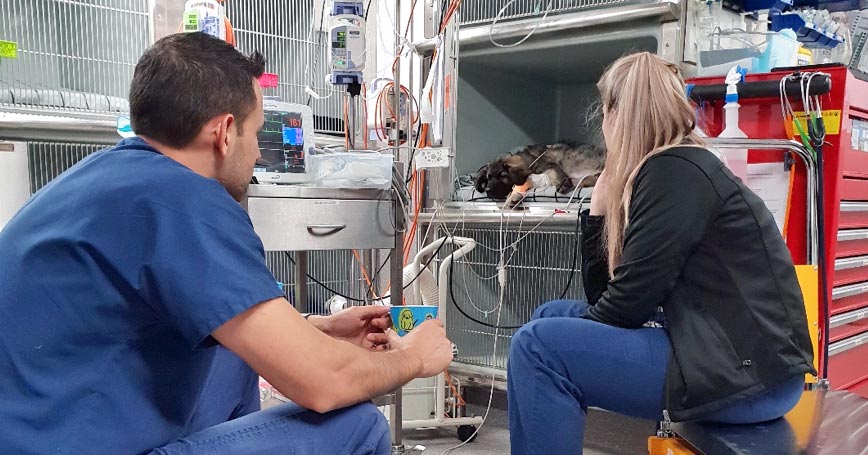Critical patients can be overwhelming – concurrent diseases, numerous medications, non-responsive to things you have tried…
The best thing to do is start from the beginning and ask yourself different questions to reopen your mind to the case.
What was the full details of the history?
Run through the history, but in an unbiased manner. The important point to remember here is to retell it as it was told – not what information you think is relevant to your current thought process or theory.
What are the findings on the physical examination?
Repeat a full physical examination, go slower and be more thorough – as you may have missed something.
It is not uncommon for findings to change – the patient may have developed more obvious clinical abnormalities, or a key finding may have been missed.
What is the problem list?
Identifying this again can help you determine whether you are heading down the wrong path, or if a problem is present that is more easily worked up.
What have I missed or am I missing?
When you ask this question, you may not think of anything; however, it prompts you to consider that you don’t have all the information you need and that you need to find it.
What more information do I need?
This is a good follow-on question, as it gets you thinking about whether you need to read up and get some facts to develop a plan moving forward.
Don’t rely on your memory, and assume that what you know is correct and everything you need to know.
What is my next step?
Whether it is to run a test, do a procedure or continue on the existing plan, you have to decide your next step.
If the decision has high risk or serious implications then run it by a senior clinician, mentor or colleague. However, don’t present the information in a way that supports your decision, otherwise you are not getting the best value out of their input.
Present the information in an unbiased manner and be open to a different opinion.
Inform the owners
When you are stuck, it is best to inform the owners of the challenges you are facing – including your findings, thoughts and concerns – and involve them in the decision-making process.
Keeping them involved in the progress of their pets condition is the best way of maintaining trust.

Leave a Reply